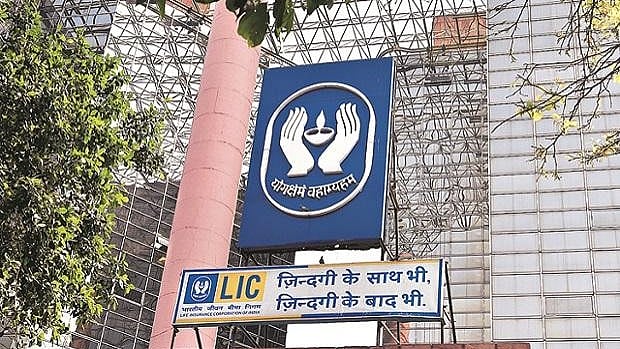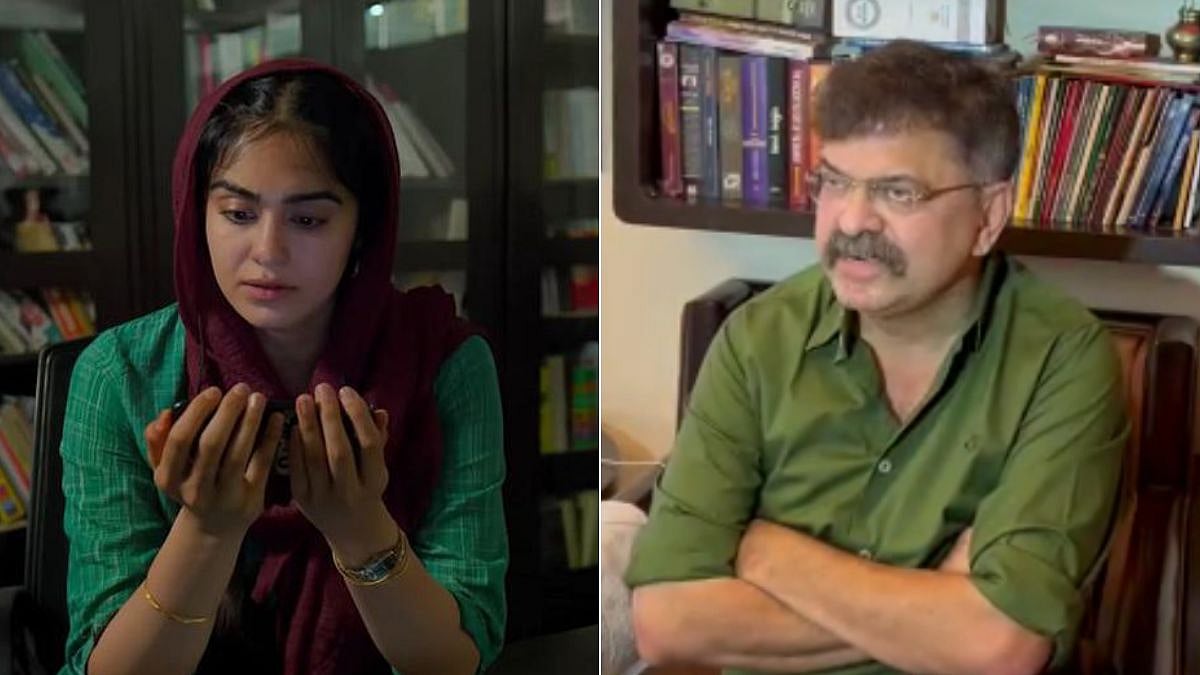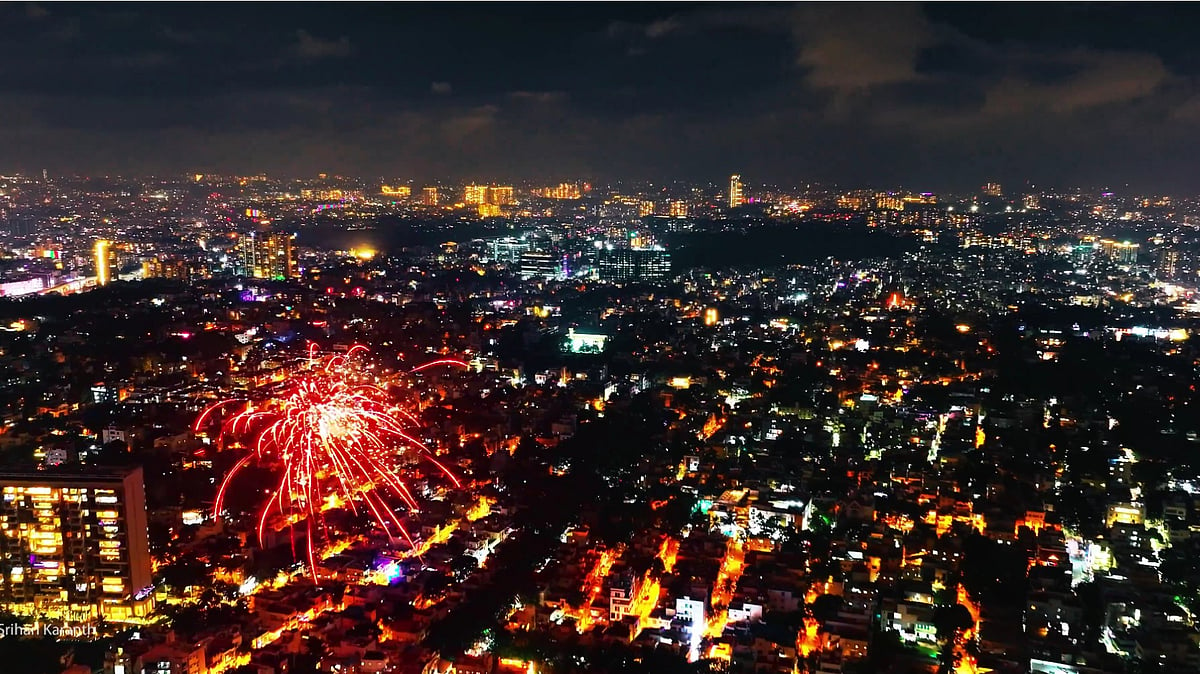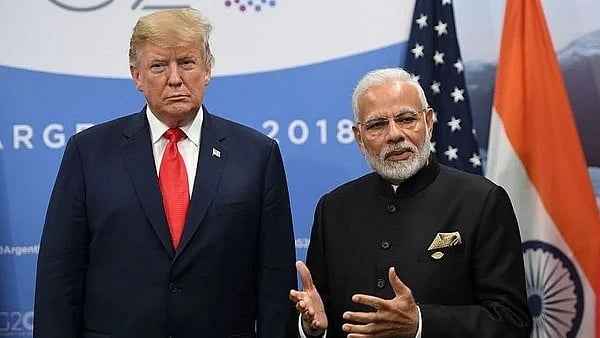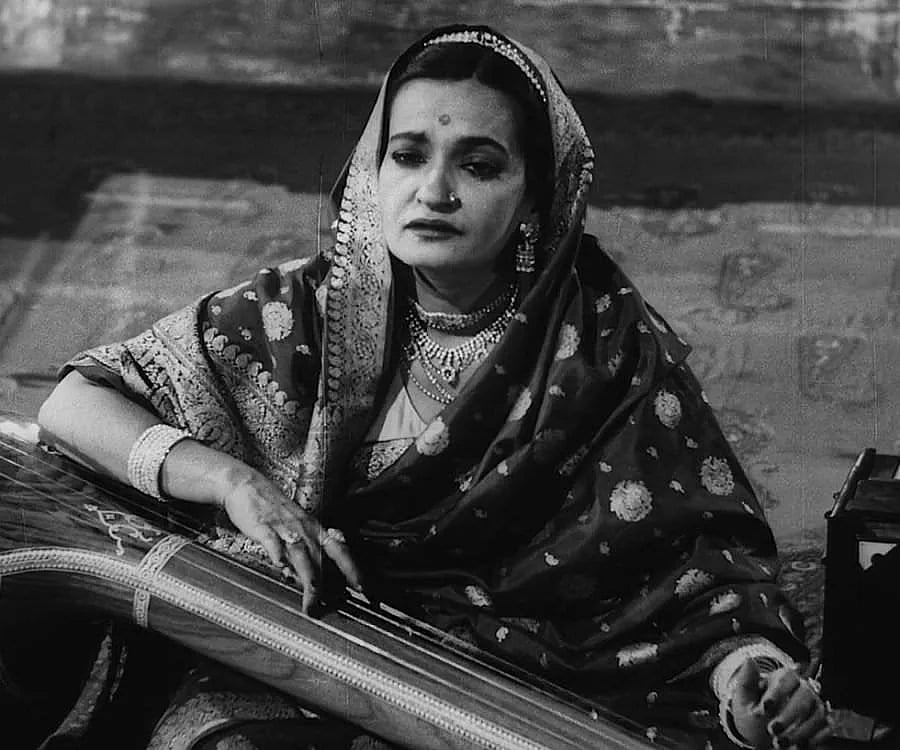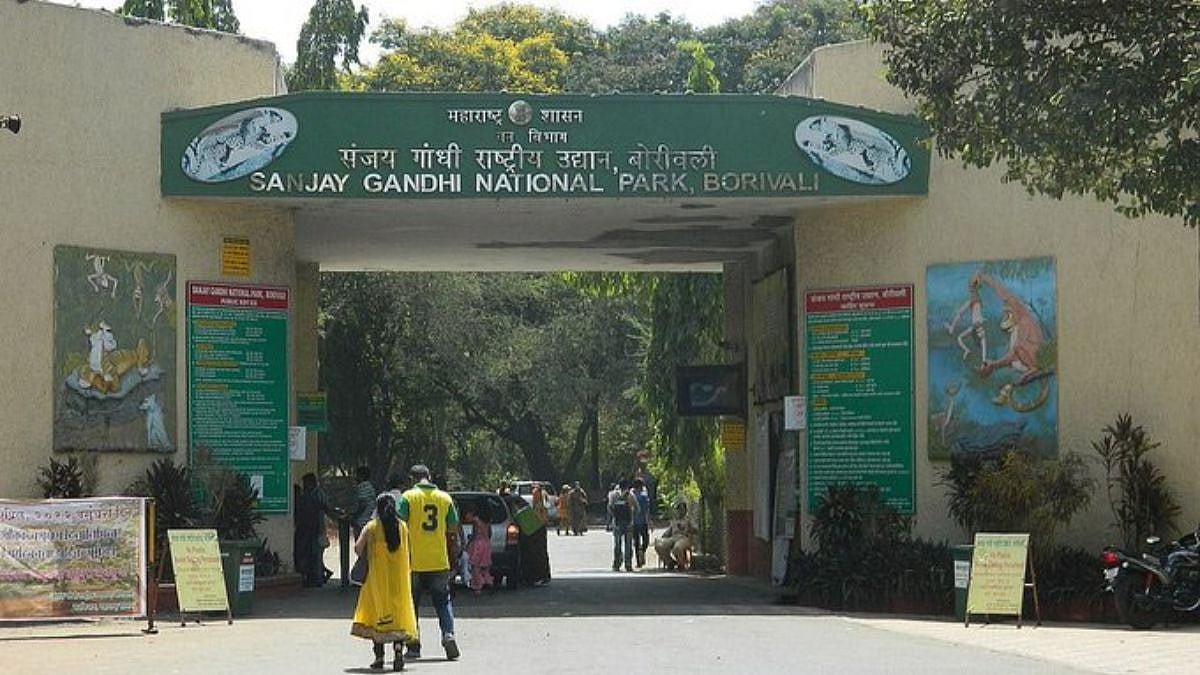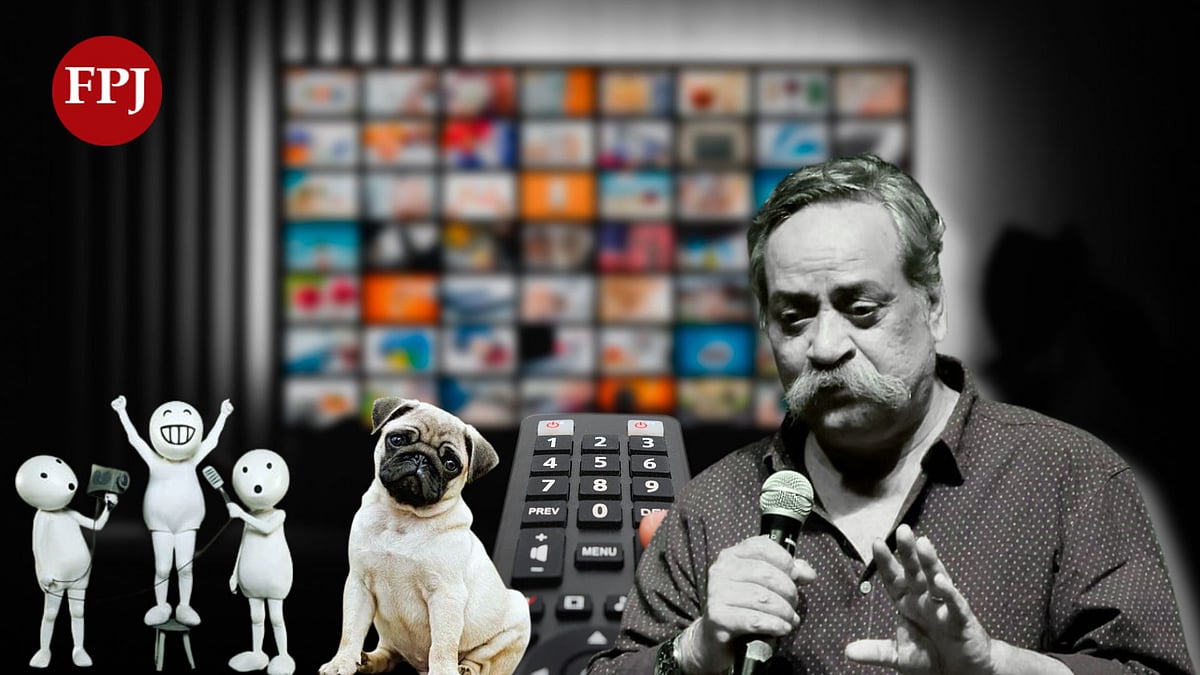Sharad Pawar, 82, has decided to soldier on, to no one’s surprise. Gerontocrats pay lip service to ‘young leadership’, but rarely pass the torch. Pawar’s declaration that “The time has come to keep the bread rotating; else it will burn” was correctly interpreted as a red herring. Sure enough, in a matter of three days, he had consolidated his hold over the NCP and postponed his retirement.
Gerontocrats rarely quit, except when shifting political dynamics pull the rug from under their feet. Until recently, political organisations resembled the Greek Gerousia, ruled by senior citizens who enjoyed a lifelong tenure. M Karunanidhi remained chief minister of Tamil Nadu until he was 87, and DMK president until his death in 2018. Mulayam Singh Yadav died with his boots on, at 82. Jyoti Basu served in the CPM politburo well into his 90s. L K Advani was 91 when the BJP finally retired him, and Motilal Vora remained a Rajya Sabha MP until he was 93. Former prime minister Manmohan Singh, 91, continues to grace the Rajya Sabha, while H D Deve Gowda, 89, has campaigned vigorously in the 2023 Karnataka assembly elections.

The BJP is the only party that has a built-in mechanism against gerontocracy, with an unwritten rule that leaders demit office at 75. That principle fell by the wayside under the leadership of Atal Behari Vajpayee and L K Advani. The former retired from active politics as an octogenarian and the latter was in his 80s when he led the BJP in the 2009 elections.
After leadership of the BJP defaulted to Narendra Modi and Amit Shah, the party’s age profile became significantly more youthful. Seniors were asked to retire or join the Marg Darshak Mandal (advisory panel), or given governorships. Madhya Pradesh cabinet minister Babulal Gaur was made to step down at 86, and Gujarat CM Anandiben Patel at 75. When B D Yediyurappa became CM at 76, he was the exception amongst BJP chief ministers, who are in their 40s, 50s or 60s.
The accent on youth has worked well for the BJP, not so much for the Congress. Although more than half the population is 30 years of age or under, Prime Minister Modi commands a far larger following among the under-30s than Congress leader Rahul Gandhi, his junior by two decades. And Next-gen Congress leaders have performed poorly in elections as compared to veterans.
Older leaders accumulate power over time, often out of proportion to the positions they hold. They bring with them not only a wealth of experience, but networks, relationships and good will. Pawar, it is said, knows NCP workers across Maharashtra by name. He leveraged his long-standing relationship with the Shiv Sena, a key political rival, to become the architect of the MVA alliance. And despite heading a relatively small party with only four seats in the Lok Sabha, he plays a role in national politics. For him, politics is not a profession – it is a way of life.
Do politicians, like fine wine, get better as they grow older? Certainly, power seems to boost vigour. On the other hand, a 2019 study by the legislative analysis group PRS, found that the least active parliamentarians were aged between 71 and 88 years.
The ‘can-do’ spirit is generally associated with youth. It was Rajiv Gandhi, who became PM at 40, who laid the groundwork for the sea change wrought by the much older P V Narasimha Rao, when the Indian economy reached an inflection point in 1991.
For the most part, veterans are resistant to change and less able to grasp the demands of rapid technological evolution. Fossilised outlooks cannot cope with the increasingly competitive global environment. A 2016 study published in the Journal of Applied Economics concluded that European economies were suffering as gerontocracies “have used control of the political system to exclude new generations, who are reasonably the most dynamic and innovative part of the population, from access to power”.

This is not to undervalue experience and old-style touchy-feely politics, but to say that they must be combined with a capacity for innovation and willingness to experiment. When Modi became PM at 64, he brought to the table just such a combination of experience and radical approaches. He threw his weight behind Digital India, the Jan Dhan Yojana, the India Stack, GST (Goods and Services Tax), Gati Shakti and legislative measures to further ease of doing business, where an older and more cautious leader might have hesitated.
This brings us to the question of whether Modi, who turns 75 in 2025, will step down. If the BJP wins the general election next year, he cannot adhere to the 75-year principle without going against the public mandate. If it doesn’t, he will have to ensure a Next-gen leader is in place before he retires. Sometimes, a rule must be more honoured in the breach than in the observance.
A more youthful political landscape is definitely desirable in the current scenario, where leaders must respond nimbly to technological disruptions and their economic and social fallouts. A blend of experience and innovative thinking would best serve public interest. The bread must neither be burnt, nor underbaked.
Bhavdeep Kang is a senior journalist with 35 years of experience in working with major newspapers and magazines. She is now an independent writer and author

